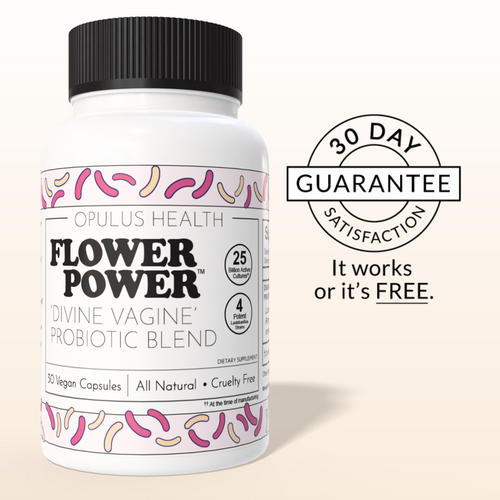Are you tired of chronic vaginal issues like BV, odor, dryness, or yeast infections? Do you often feel "off" down there, despite trying countless products and natural remedies that didn’t work? If so, today’s article might offer the solution you’ve been searching for.
Scientists have discovered a potential permanent solution to vaginal health issues—Vaginal Microbiota Transplant (VMT). This treatment could be all you need to say goodbye to vaginal problems for good, and you might only need to get it once.
What is Vaginal Microbiota Transplant (VMT)?
The term "microbiota" refers to the community of tiny organisms, mostly good bacteria, that live in the vagina. These bacteria play a crucial role in maintaining pH balance, cleaning the vaginal area, and fighting off infections.
Vaginal issues often arise when your microbiota becomes unbalanced. While probiotics, antibiotics, and boric acid suppositories aim to restore balance, they don’t always work for everyone. That’s where VMT comes in, offering a more permanent solution by transplanting healthy bacteria from a donor to the recipient’s vagina.
How a Gut Infection Led to the Discovery of VMT
The concept of VMT was inspired by a similar treatment used for gut infections caused by Clostridium difficile (C. diff). Scientists discovered that transferring healthy gut bacteria from a donor to a patient helped cure the infection permanently.
Recognizing the similarities between gut and vaginal health—both dependent on good bacteria—researchers at Johns Hopkins applied this idea to treat chronic vaginal infections like bacterial vaginosis (BV). The result? A promising new treatment in VMT that targets the root cause of these infections.
What the Science Says
Clinical trials have shown remarkable improvements in women with chronic BV who have undergone VMT. In one study, a 30-year-old woman with severe vaginal issues, complicated pregnancies, and microbiota imbalances experienced a complete recovery after one VMT treatment. Five months later, she delivered a healthy baby!
The VMT Procedure — Step-by-Step
- Consultation: You’ll meet with a healthcare provider to discuss your symptoms and determine if you’re a candidate for VMT.
- Pre-Procedure Testing: Several tests will be conducted to assess your vaginal microbiota and rule out other conditions like STIs.
- Donor Matching: Your clinic will find a donor with healthy vaginal microbiota that closely matches yours.
- Preparation: On the day of the procedure, your vaginal area will be thoroughly cleaned and prepped.
- Transplant: The donor’s microbiota will be transplanted into your vagina using a specialized applicator. The procedure is quick and usually painless.
- Monitoring: You’ll be observed for a short period post-procedure to ensure there are no complications.
Aftercare and Lifestyle Adjustments
After your VMT, you’ll need follow-up appointments to monitor progress. Your doctor may prescribe probiotics or suggest dietary changes to support your new microbiota. Sexual activity is usually restricted for a short time post-procedure to allow the transplanted bacteria to adapt to your body.
Who is VMT For?
VMT may be a great option for women dealing with recurrent BV, resistant yeast infections, vaginal dryness, urinary tract infections, or even certain STIs.
Risks and Side Effects
- Infection from donor material
- Allergic reactions
- Temporary discomfort
Ethical Considerations
Clinics offering VMT must follow strict ethical guidelines, including informed consent, privacy protection, and transparency about risks and success rates.
How Much Does It Cost?
The cost of VMT varies depending on location and provider, and insurance coverage may be limited. Be prepared for potential out-of-pocket expenses.
Conclusion
If you’ve struggled with persistent vaginal health issues, VMT might be the breakthrough you’ve been waiting for. Always consult a healthcare professional for personalized advice and take the first step toward reclaiming your health.












